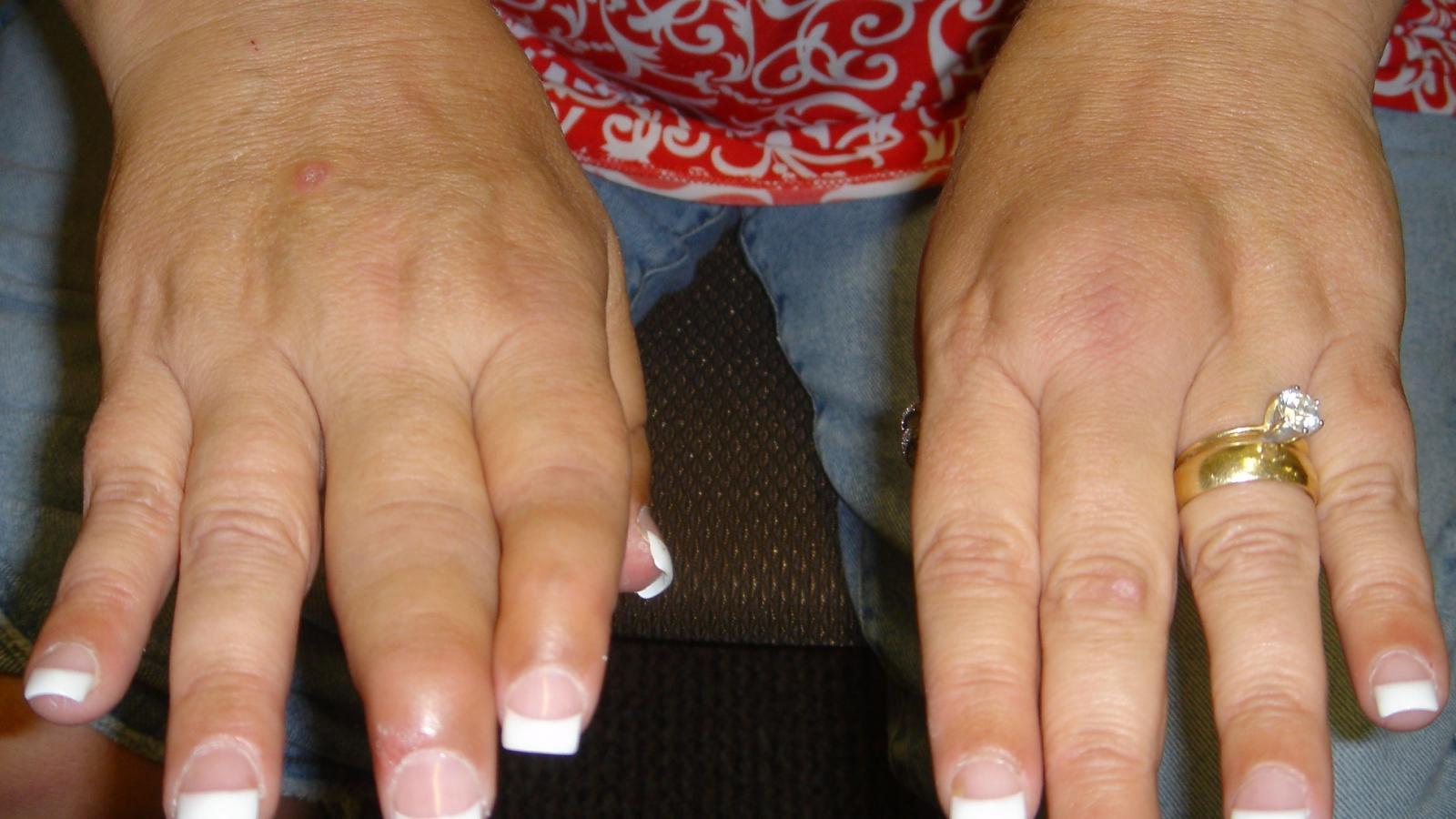In a world where telemedicine and virtual care are not going away, is there value in patients assessing their own tender and swollen joints?
Work from the Canadian Early Arthritis Cohort (CATCH, @earlyarthritis) presented by Dr. Vivian Bykerk (@BykerkVivian) is the subject of two abstracts from Monday’s poster floor, exploring the utility as to how patient assessments might match up to rheumatologist assessments.
Januse kinase (JAK) inhibitors are targeted synthetic disease modifying anti-rheumatic drugs (tsDMARDs) that have risen in popularity as earlier treatment options for rheumatoid arthritis. With multiple JAK inhibitors available in the United States (tofacitinib, baricitinib, and upadacitinib), patients who fail one treatment option have the ability to switch to another agent or change to biologic therapy.
The RheumNow faculty reporters have been scouring and reporting on the best abstracts from the ACR. Here is a sampling of their choice abstract presentations reported during ACR 2020 Day 2 (#ACRbest).
The first full day of Abstracts and Presentations from ACR Convergence, was full of highly engaging sessions, quality posters and unique presentations. To hear more about the best of the best, I would encourage you to look at our Day 1 Recap Video and Day 1 ACR Best Abstracts. Here are a few of my favorites from the first day.
A remaining challenge for clinicians is the ability to delay, if not completely stop, structural progression in patients with axSpA, whether they are diagnosed with radiographic (r-axSpa) or non-radiographic (nr-axSpA) disease.
Still's disease is an autoinflammatory disease characterized by spiking fever, rash, polyarthralgia, sore throat and even life-threatening complications, such as macrophage activation syndrome. It was first described by George Still in the late 1800s.
Delay in the diagnosis of axial spondyloarthritis (axSpA) has been a huge challenge and is associated with poor outcomes.
Who wouldn't like to predict the future?
D1 and D2 trials compared guselkumab vs placebo in patients with active PsA, with the major difference between the two being that only biologic-naïve patients were enrolled in the D2 trial. Today, we discuss three abstracts presented at ACR 2021 that expand on that work with an additional year of data.
The RheumNow faculty have been glued to their monitors all day, watching video, and running down abstract presentations to find the best – several of these stood out as #ACRBests. Here is a listing of “Best” they saw on Day 1.
Patients with axial spondyloarthritis (axSpA) often have increased absence from work as well as reduced productivity at work, which can have profound impacts for not only the affected individual and their families, but also lead to wider economic and social burden.
The ACR meeting is the premier educational event in rheumatology every year; it’s big for clinicians, academics, North American and international rheumatologists and those who will be presenting their research for the first time.
Your objectives in attending the annual meeting are:
In rheumatoid arthritis we have a wide range of options available to us when we progress to a biologic treatment option. We have little to differentiate between these agents based on the clinical trials. We often make our choices based on minor hints from clinical features, comorbidities, or cost considerations.
Despite the increasing scientific knowledge on axSpAs, a substantial gap still remains. Delay in diagnosis continues to pose a threat in the early identification of patients and those already on treatment may deal with additional issues such as work productivity or quality of life.
The arsenal of therapeutics for psoriatic arthritis continues to increase. Risankizumab is an IL-23 inhibitor to the p19 subunit, currently being investigated for treatment of psoriatic arthritis.































 Poster Hall
Poster Hall